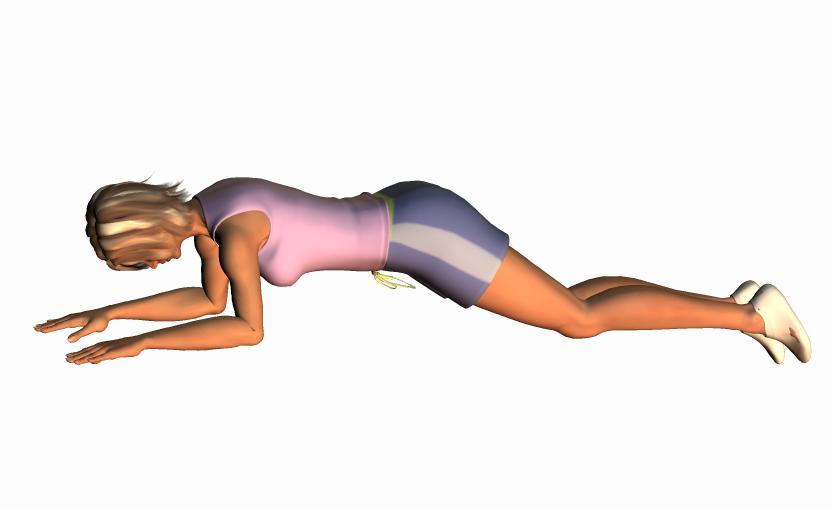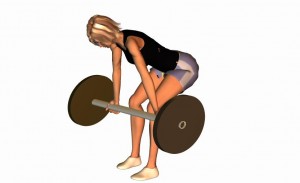 Purpose: To cherry pick a few research articles to suggest that even though our knowledge of core stability is very impressive its link to pain is poor.
Purpose: To cherry pick a few research articles to suggest that even though our knowledge of core stability is very impressive its link to pain is poor.
Nutshell summary: People in pain have spines that function differently than those not in pain. Many treatments can influence pain. The spine stability model of low back pain does not explain how people have pain and takes an overly mechanical view of the pain experience. No test has ever shown that a spine is unstable or how “increasing stability” would lead to a decrease in pain. Thinking that our spines need more stability or control may be the completely wrong path in explaining how people have pain or how our exercises help them. Our treatment “corrections” occur not via one specific “corrective” mechanism (e.g. improving stability) but rather through global non-specific mechanisms that our better explained by our understanding of pain neuroscience. Making the shift from believing that “stability” is the issue with pain can thus free up to choose completely different exercise programs. Exercise and treatment prescription thus become simpler. We have preliminary evidence to support this view with the clinical studies that show benefits with the various exercise conditioning programs that train different schools of thought on stability or the just as effective programs that completely ignore any concepts of stability.







